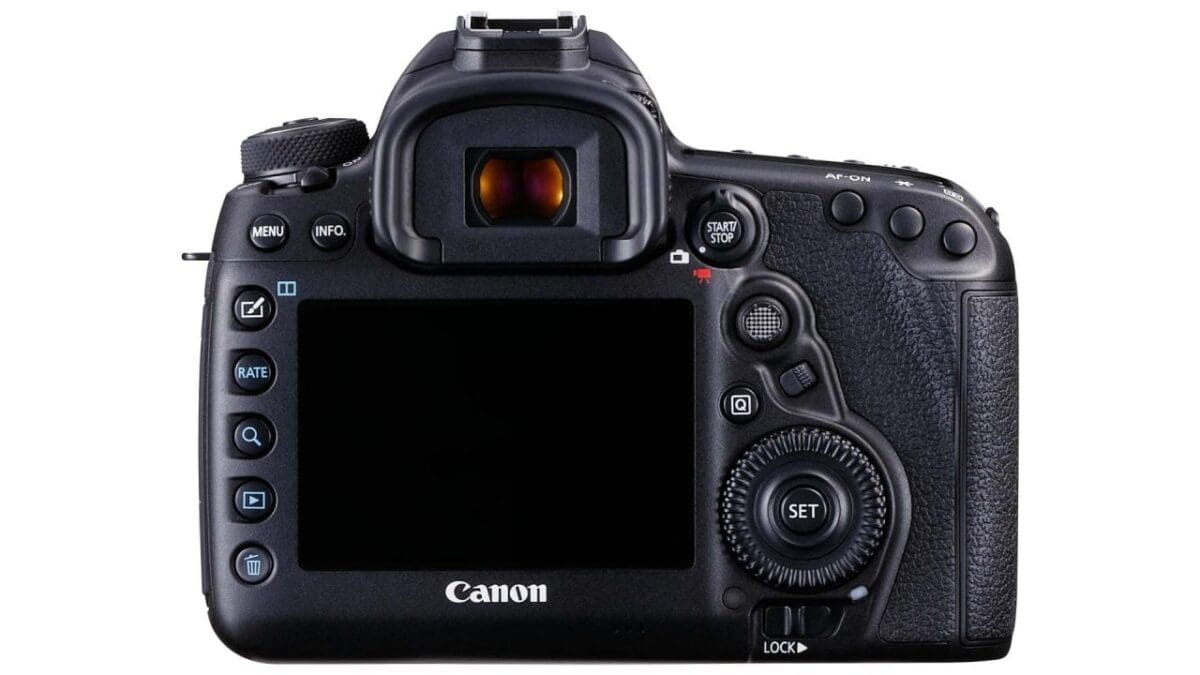What is this back button focus that you may have heard other photographers talking about? In this post we’ll demystify the feature on most cameras that allows you to take more control over your images for sharper results.
Back button focus is a common technique used by professional photographers which allows you to customise your camera to separate your shutter release from your AF control for both a better exposure and sharper photos. Here’s how it works.
Why use back button focusing?
We often talk about the ‘shutter release’ or ‘shutter button’ when referring to the button you press to actuate the shutter and take a photo. But the truth is that your shutter button does more than just initiate the shutter.
By default your shutter release also activates your camera’s exposure system so that it finds your recommended exposure settings (or the level of under- or over-exposure) and displays these figures both in your viewfinder and on your camera’s LCD screen.
What’s more, pressing the shutter button also activates your camera’s autofocus system. And this is really crucial.
Once you half-press the shutter button your camera will focus your lens on whatever is placed under your active AF point (hopefully your subject!). Most of the time, this is fast and accurate and you needn’t do more.
However, sometimes you can run into difficulty with this setup and you need to separate the shutter release from the autofocus system.
When to use back button focusing
There are a couple common instances when you’ll want to use back button focusing. For example, if you are waiting on a moving target to enter your frame, typically your focus will probably change from what you see when you press the shutter release.
Likewise, if you’re too eager and press the shutter release too hard you may take the shot in earnest.
What’s more, as well as the traditional moving subjects like animals and cars, back-button focusing will also give you an advantage when shooting subjects like flowers that may move ever so slightly in the breeze.
This is why many professionals use back button focusing.
Back button focusing uses the AF or AF-On button that can be found on the back of most cameras these days, and pressing this allows you to set or fine tune focus without the risk of accidentally taking a few extra frames.
If you disable the shutter buttons AF responsibilities, the focus won’t shift when it’s pressed.
How to set up back button focusing
The manual for your camera will tell you specifically how to set up back button focusing but, in general, the process is usually this: in the menu, set your shutter button to activate the auto exposure system, then set a button that’s convenient to activate your AF.
You can even take it further and separate your auto exposure lock (AE-Lock) from the shutter button so that your shutter release is solely dedicated to taking an image.
How does back button focusing work?
Back button focusing works by allowing you to shoot images without the focus moving.
Back button focusing works especially well, as we said, when you’re waiting for a subject to appear. It allows you to focus on the spot where you want the subject to be when when you take them image and then on your subject and time your images carefully.
Another way that back button focusing works is that when something moves into your frame – for instance, another race car overtaking the car you were following – you can very simply stop the focus from being adjusted by just removing your thumb from the AF button, allowing you to continue to take images.
As we said earlier, when using back button focusing, your shutter button doesn’t control the AF system. This means that your camera won’t waste time trying to focus every time you press the shutter button.
So back button focus works by giving you the freedom to wait until your subject is in the desired position or the composition and light is right to take the photograph.
This can make a big difference when shooting macro photography or just shooting close-ups in general.
And finally, if you tend to use the focus-and-recompose technique, back button focusing will also prove advantageous because once you set the focus you can take as many images as you want without the point of focus changing until you press the back button again.
Why is back button focusing better?
It can take a little while to get used to back button focusing because half-pressing the shutter button is so ingrained in our muscle memory as photographers.
When this action is transferred to the AF-on button on the back of your camera it can take time to get used to initiating focus with your thumb. In continuous AF mode focusing will continue until you lift your thumb from the button.
If metering is also linked to the AF-on button the exposure settings will also be visible and available for adjustment until you are happy.
With the focusing and exposure taken care of, you just need to wait until the composition is right before pressing the shutter release button to take the shot.



